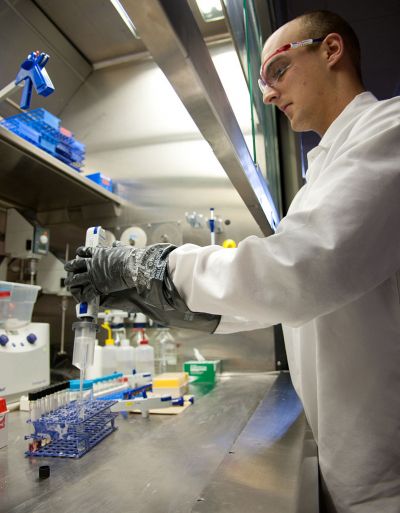Towards a generic model for toxicology

Chemistry Laboratory
By U.S. Army RDECOM from Aberdeen Proving Ground, MD, USA [CC BY 2.0 (http://creativecommons.org/licenses/by/2.0)], via Wikimedia Commons
A recently completed research project has developed models to help estimate whether a substance will be toxic to a wide range of animals.
Environmental risk assessment for potentially toxic chemicals is an
increasingly difficult task in the face of new regulations, demands for
greater accuracy and ethical considerations. Modelling the behaviour of
potentially toxic compounds could address these issues, but the models
need to be more accurate before they can be widely used.
The EU-funded MEMOCTR project endeavoured to improve the parameters
for these toxic behaviour models. Specifically, they used metal toxicity
in marine animals to enhance accuracy and broaden applicability.
Researchers gathered data on metal toxicity from marine animals such
as the rainbow trout and the pond snail. They related this data to
various physical characteristics of the organisms so as to make existing
models suited to a wider range of species.
They found that acute toxicity in animals was directly linked to a
property of chemicals called the covalent index. Another major finding
was that metal toxicity (copper and silver in this case) is closely
linked to species weight. Using this data, MEMOCTR developed refined
models for copper and silver toxicity.
Metal toxicity has also been linked to loss of sodium. Survival
rates of organisms have been linked to total loss of sodium, but further
work is required to incorporate this information into models.
Predicting toxicity in animals is a complex and daunting task, but
MEMOCTR has taken steps to change this. Soon,
toxicokinetic/toxicodynamic models will be sophisticated enough to do
away with expensive and unethical animal testing and to streamline
environmental risk assessments.
published: 2015-03-19

